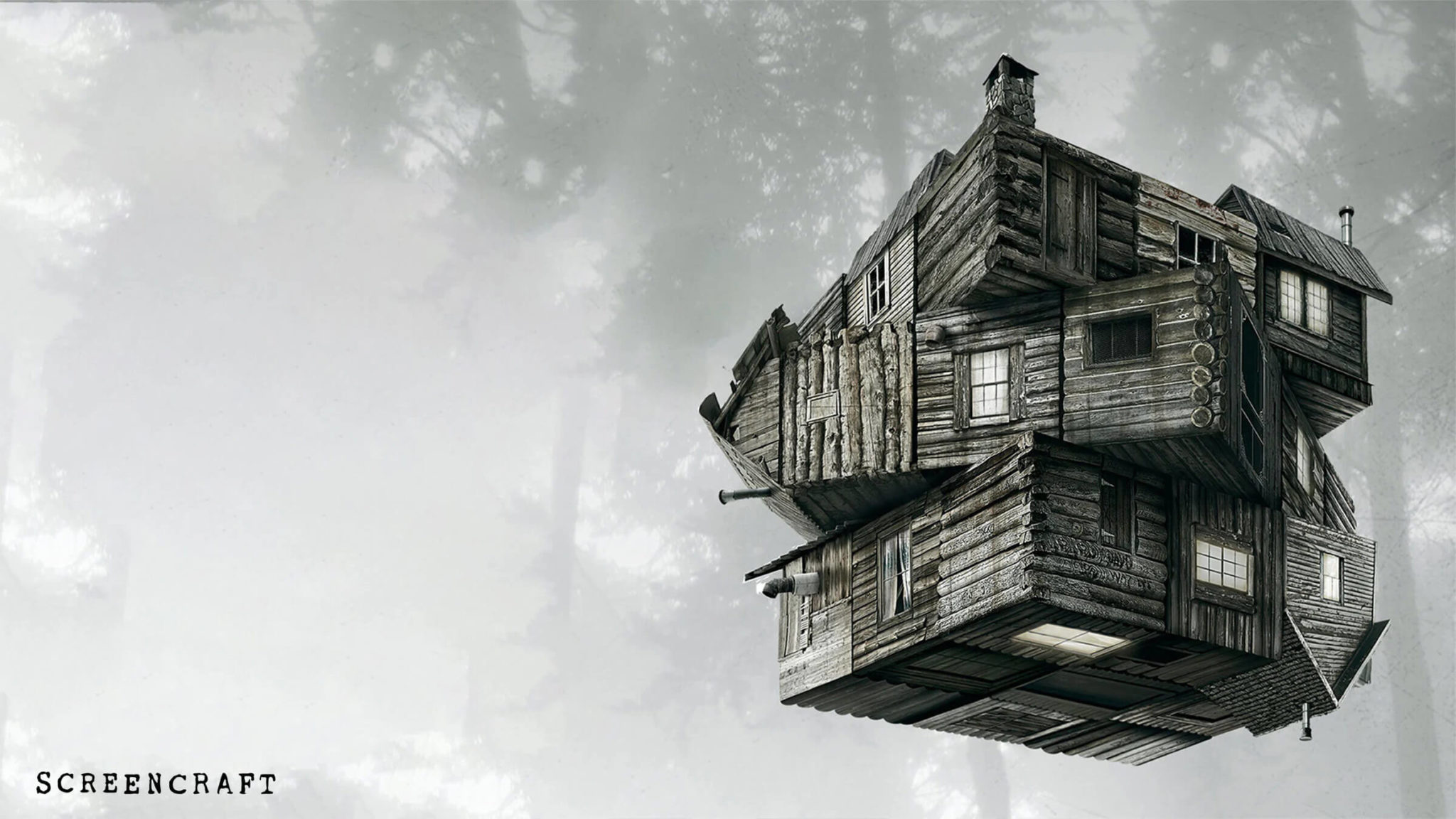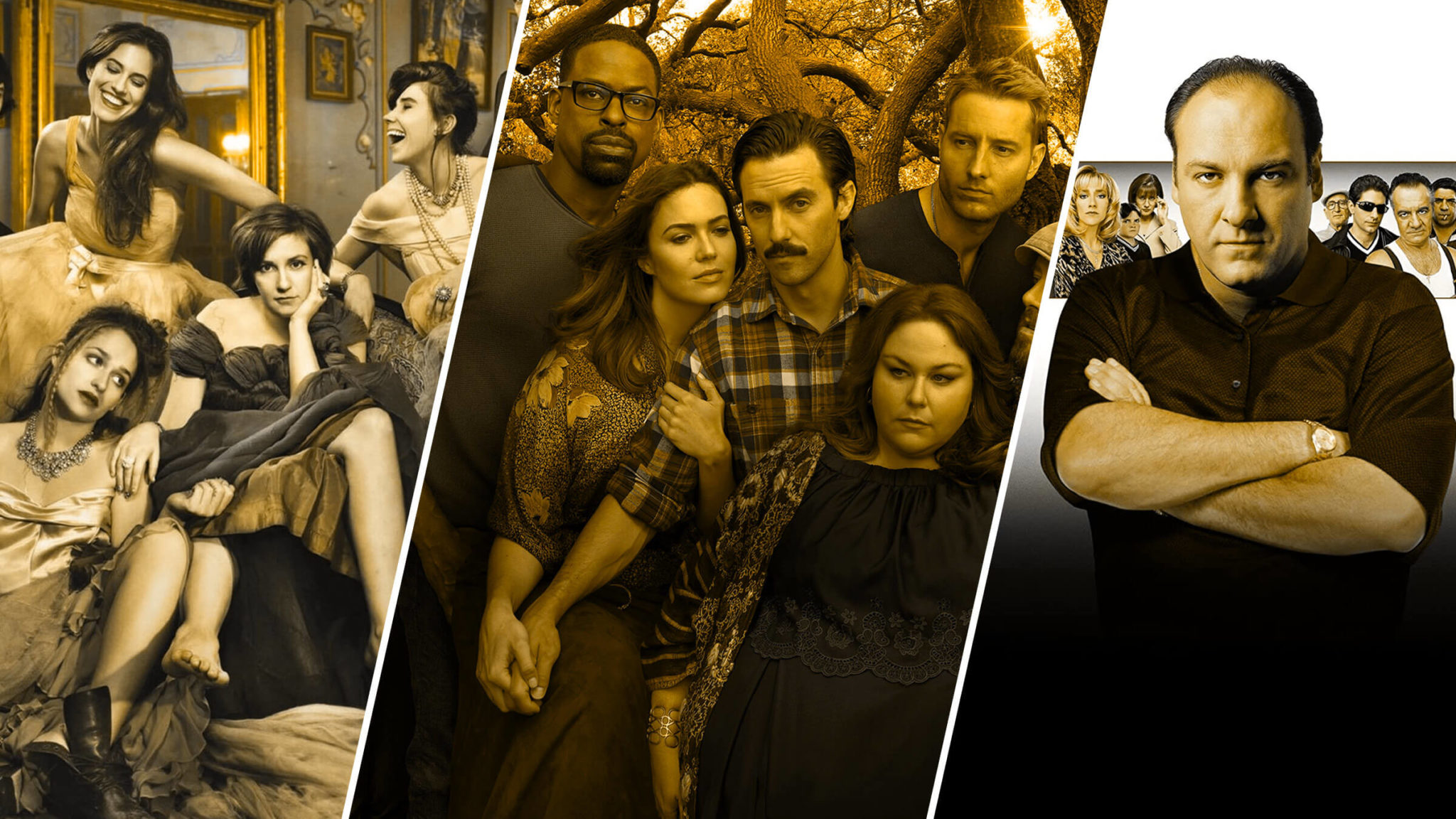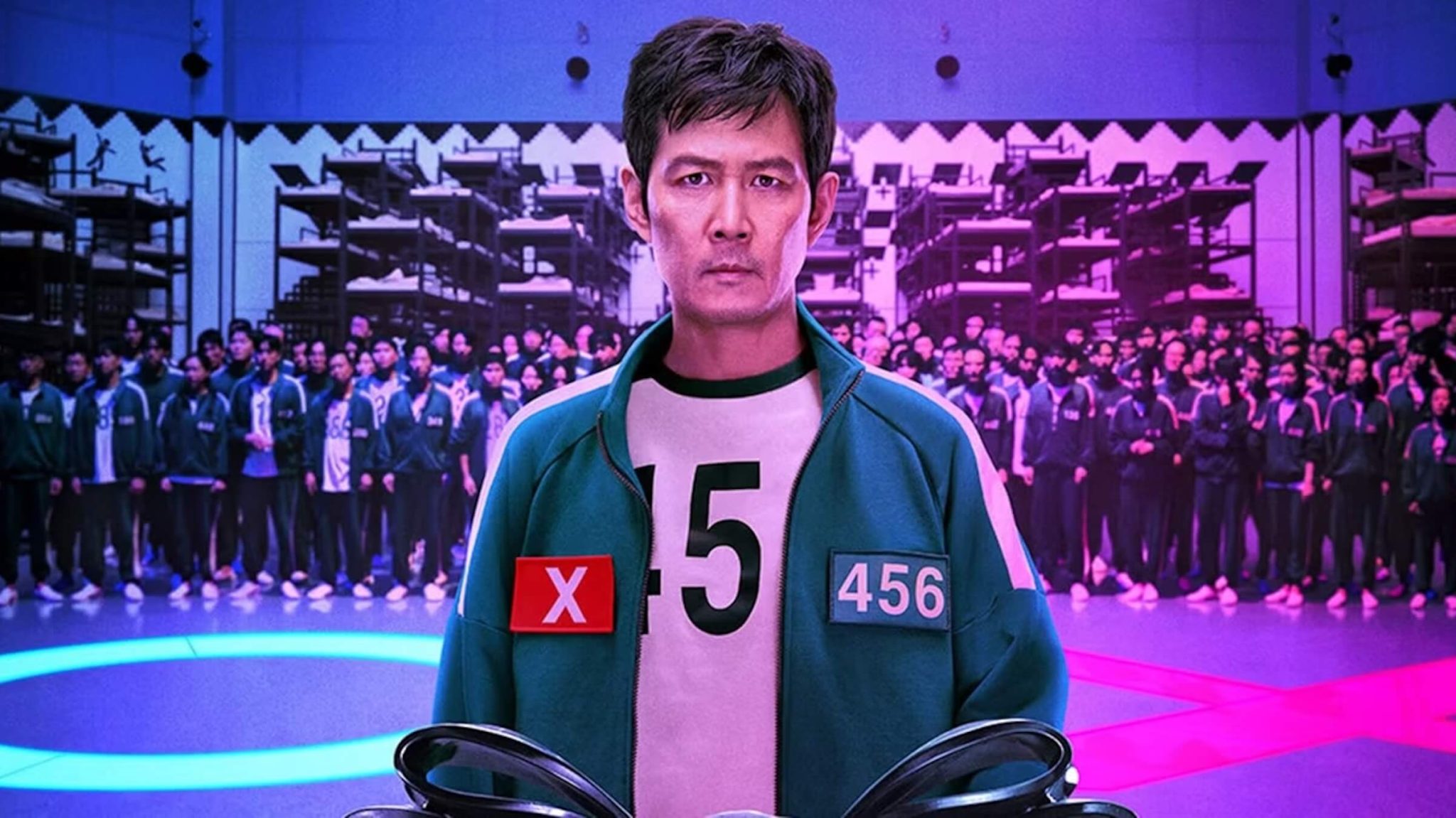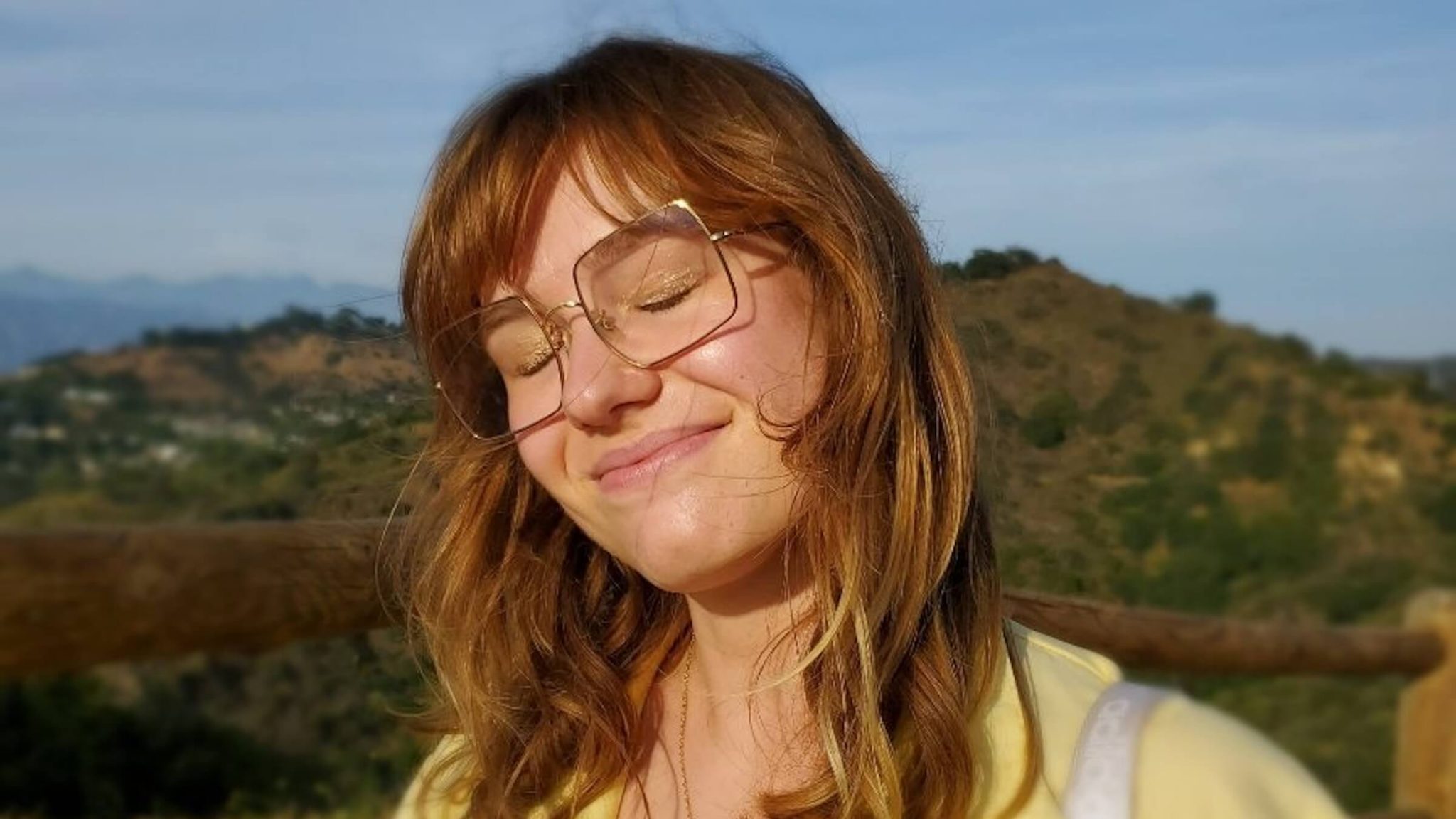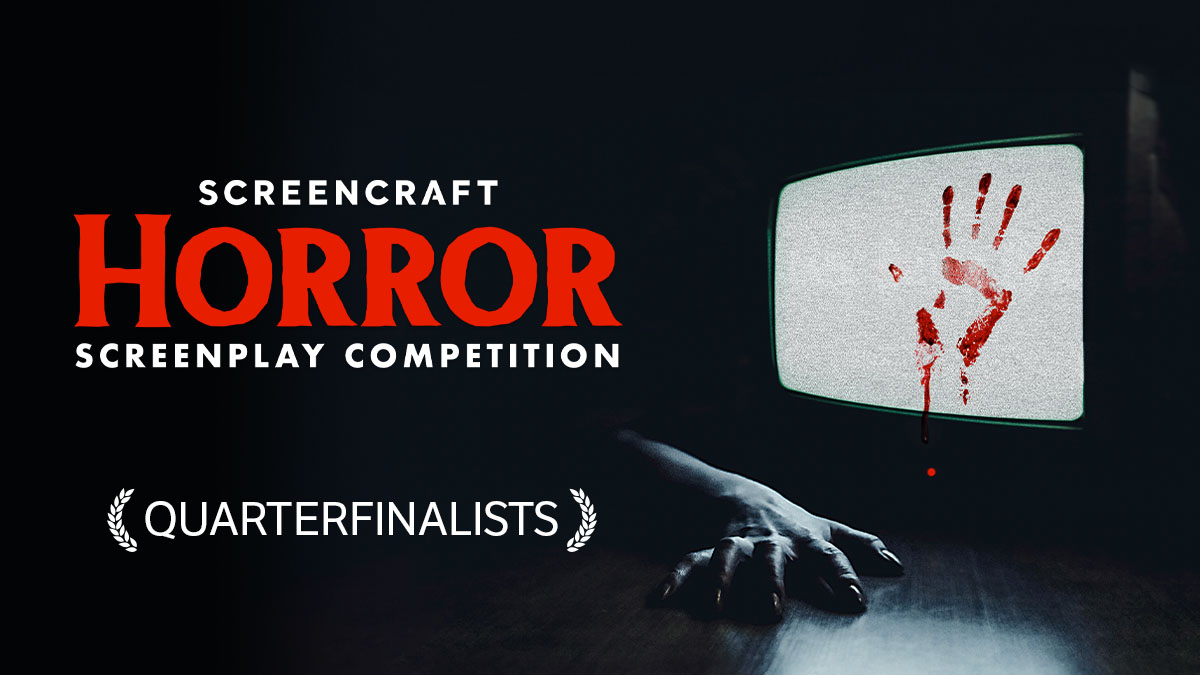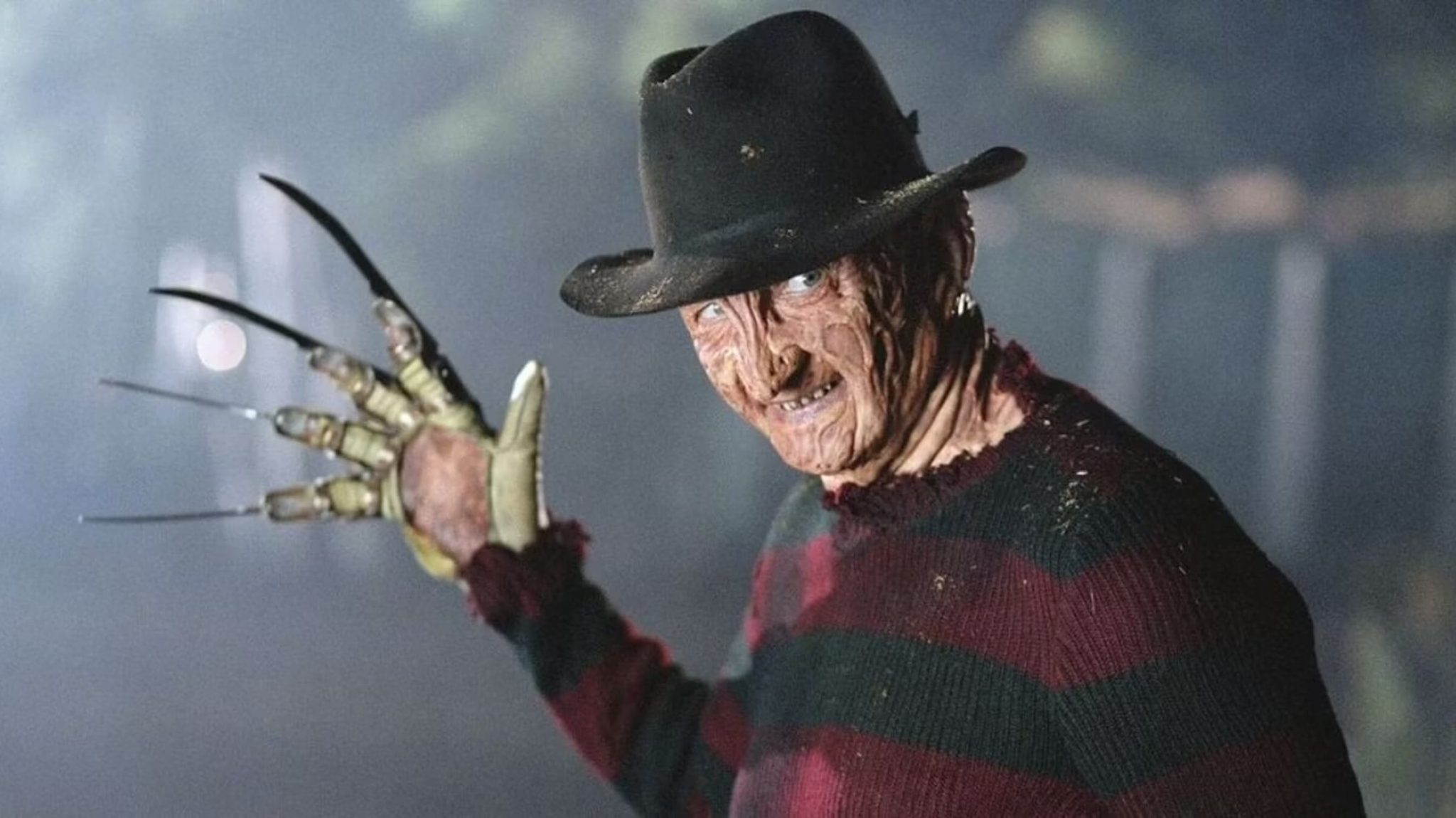AFI Fest 2013 Review: THE GREEN INFERNO Cannibalizes a Horror Classic

During the post-screening Q&A at AFI Fest, Roth told us that most of the natives had never seen a movie before, so he and his crew bought them a TV and hosted a village-wide screening of Cannibal Holocaust. The film that once shocked the world was apparently greeted as an uproarious comedy, enticing dozens of villagers to immediately sign on to Roth’s version.
Hostel director Eli Roth has a well-known affinity for the cannibal sub-genre, specifically Cannibal Holocaust, Ruggerro Deodato’s infamous 1980 faux-documentary about a team of student filmmakers who run afoul of a tribe of murderous headhunters in the depths of the Amazon rainforest. After a career spent ankle-deep in severed heads and simulated viscera, it was only a matter of time before the erstwhile Bear Jew attempted a honest-to-goodness homage.
The result, The Green Inferno, is an eco-horror freak-out, slightly elevated by a great deal of self-aware humor and inventive, gut-wrenching violence. The gorehound-friendly references also fly thick and fast; it’s as if Roth and co-screenwriter Guillermo Amoedo crammed Umberto Lenzi’s entire back catalogue into a blender with both versions of The Hills Have Eyes and Mel Gibson’s Apocalypto and set the dial to "Liquefy."

It’s been six years since Roth’s last movie, but he hasn’t lost his willingness to adhere to the time-honored formula of sending pretty young people to exotic locales that end up doubling as human slaughterhouses. This time his victims are a group of student activists who travel to Peru to protest the displacement of native tribes by encroaching construction companies. Their newest recruit is Justine (Lorenza Izzo), a virginal college freshman whose overbearing father (Richard Burgi) works for the United Nations.
Emboldened by the enthusiasm and heroic facial hair of their leader Alejandro (Ariel Levy), the would-be environmentalists chain themselves to bull dozers and stare down armed militiamen while recording everything on their iPhones. The stunt goes off without a hitch (minus a close encounter between Justine and a loaded pistol), and the return trip seems hunky-dory, at least until the group’s plane suffers engine trouble – later revealed to be sabotage – and crash-lands in the middle of the Amazon. The survivors soon encounter the same tribe whose territory they were trying to protect. The natives express their gratitude by inviting their self-important saviors back to their village for an extended dinner party. Needless to say, there are no vegan options.
It’s always refreshing to see a horror movie populated with actors who don’t look like they just wandered off a runway. Izzo makes Justine’s ignorance endearing instead of aggravating, and Levy excels at making us constantly question Alejandro’s true intentions. Another performance of note comes from ex-Spy Kid Daryl Sabara, so memorable as Robin Williams’ hateful teenage son in Bobcat Goldthwait’s underrated dark comedy World’s Greatest Dad. Here he plays Nick, a jovial pothead who actually manages to devise a fairly ingenious escape plan involving a dead body, a roaring bonfire and a bag of extremely potent Peruvian cannabis.
The true stars of the film, however, are the real-life Chilean tribesmen Roth hired to play the headhunters. Most of them are uncredited extras, but their performances add an inestimable amount of authenticity to the proceedings, especially the elderly woman who seems to be having a ball playing the cackling, semi-nude high priestess. During the post-screening Q&A at AFI Fest, Roth told us that most of the natives had never seen a movie before, so he and his crew bought them a TV and hosted a village-wide screening of Cannibal Holocaust. The film that once shocked the world was apparently greeted as an uproarious comedy, enticing dozens of villagers to immediately sign on to Roth’s version.
Speaking of realistic, Greg Nicotero and Howard Berger’s special effects are nauseatingly effective, especially during the dismemberment scene that kicks off the film’s grisly second act. Nicotero, the makeup guru behind The Walking Dead and Breaking Bad’s most notorious character death, understands that no amount of CGI will ever equal the tactile, visceral impact of on-set blood and guts.
Despite its strong points, The Green Inferno never fully escapes the shadow of Cannibal Holocaust, which embraced a nearly identical set-up with more imagination and unflinching gusto. Roth has certainly proven himself a gifted filmmaker – his Grindhouse short Thanksgiving was arguably the best of the bunch – but he too often settles for recycling horror conventions when he should be aiming to reinvent them instead. His 2002 debut Cabin Fever, for example, was little more than a gratuitous, occasionally clever retread of The Evil Dead that substituted a flesh-eating virus for demonic possession.
While it’s definitely a mixed bag, I would still recommend The Green Inferno based on the strength of its supporting performances and its affection for a sub-genre that’s largely unknown to today’s audiences (the end credits contain an exhaustive viewer’s guide to Italian cannibal movies). I hope Roth will continue to mature as a filmmaker, perhaps emulating his friend and mentor Quentin Tarantino, who continually finds new ways to transcend his influences. If that happens, The Green Inferno’s inevitable sequel might leave a better taste in my mouth.
Landon McDonald is a film critic from USC's The Daily Trojan. Follow him on Twitter! @McMovieMan
Are you a horror screenwriter? Don't miss our annual ScreamCraft Horror Script Contest.
Tags
Get Our Screenwriting Newsletter!
Get weekly writing inspiration delivered to your inbox - including industry news, popular articles, and more!





